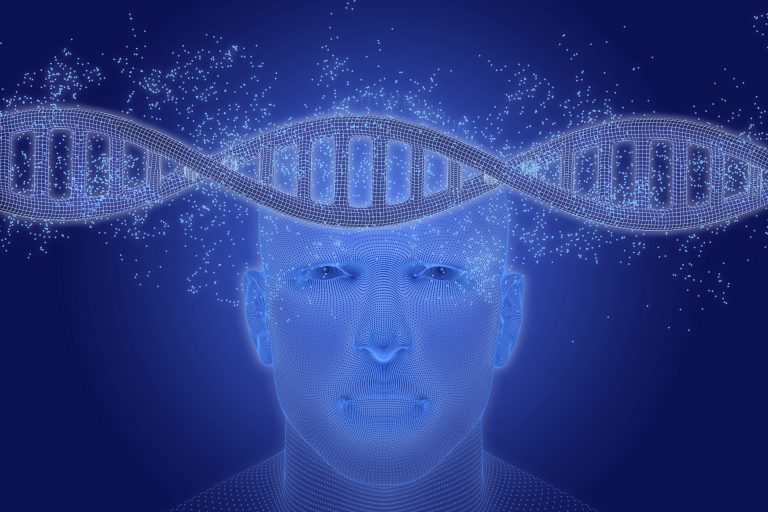
While predictors of chronological and biological age came about several years ago, those that have recently been developed using deep learning methodologies are exponentially rising in popularity among researchers studying the mechanisms of aging. Advances in artificial intelligence, combined with the availability of large datasets, have led to a boom in the field, increasing the variety of biomarkers that could be considered candidates as potential age predictors. One promising development that considers multiple combinations of these different predictors could shed light on the aging process and provide a further understanding of what contributes to healthy aging.
There are two kinds of age: chronological age, which is the number of years one has lived, and biological age, which is influenced by our genes, lifestyle, behavior, the environment, and other factors. Biological age is the superior measure of true age and is the most biologically relevant feature, as it closely correlates with mortality and health status. The search for reliable predictors of biological age has been ongoing for several decades, and until recently, largely without success.
Now, in a new study from investigators at Insilico Medicine summarizes current findings on the main types of deep aging clocks and their broad range of applications in the pharmaceutical industry. The findings were published recently in Trends in Pharmacological Sciences through an article titled “Deep Aging Clocks: The Emergence of AI-Based Biomarkers of Aging and Longevity.”
“Humans are very good at guessing each other’s age using images, videos, voice, and even smell,” noted lead author Alex Zhavoronkov, PhD, founder, and CEO of Insilico Medicine. “Deep neural networks can do it better and we can now interpret what factors are most important. Very often when someone looks older than their chronological age, they are sick. A trained doctor can guess the health status of a patient just by looking at him or her. At Insilico we developed a broad range of deep biomarkers of aging that can be used by the pharmaceutical and insurance companies, as well as by the longevity biotechnology community. In this paper, we describe the recent progress in this emerging field and outline a range of nonobvious applications.”
Deep biological aging clocks can be used for data quality control, biological target identification, and even the evaluation of the biological relevance and value of various data types and combinations. In the current article, the authors provide an “overview of recent advances in this important subset, or perhaps superset, of aging clocks that have been developed using artificial intelligence (AI).”
“Deep biomarkers of aging developed utilizing a variety of data types of aging are rapidly advancing the longevity biotechnology industry,” concluded co-author Polina Mamoshina, a senior scientist at Insilico Medicine. “Using biomarkers of aging to improve human health, prevent age-associated diseases, and extend healthy life span is now facilitated by the fast-growing capacity of data acquisition, and recent advances in AI. They hold great potential for changing not only aging research but healthcare in general.”












